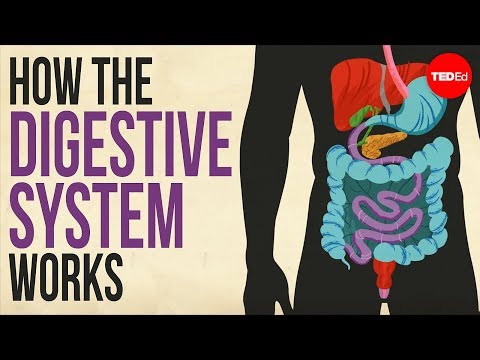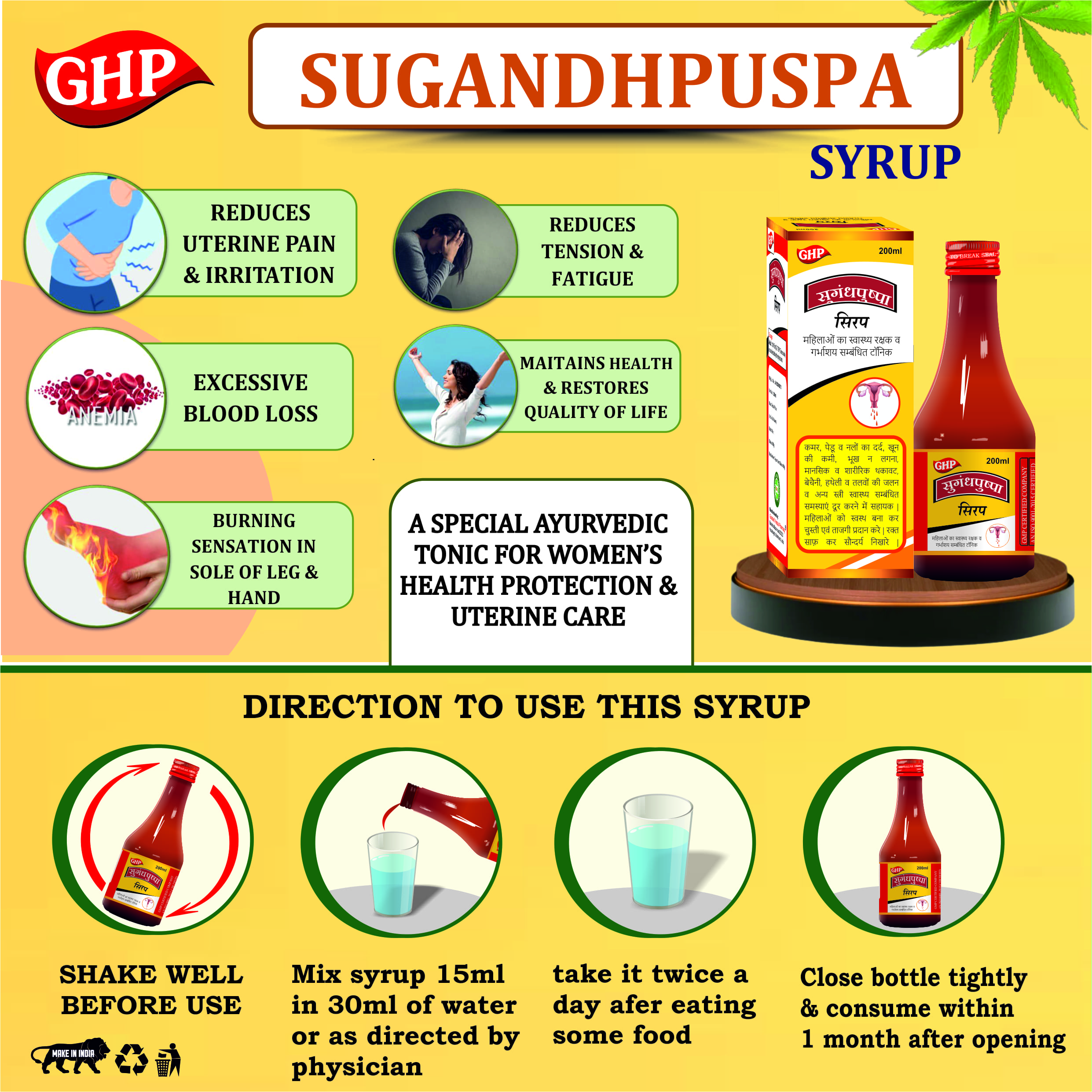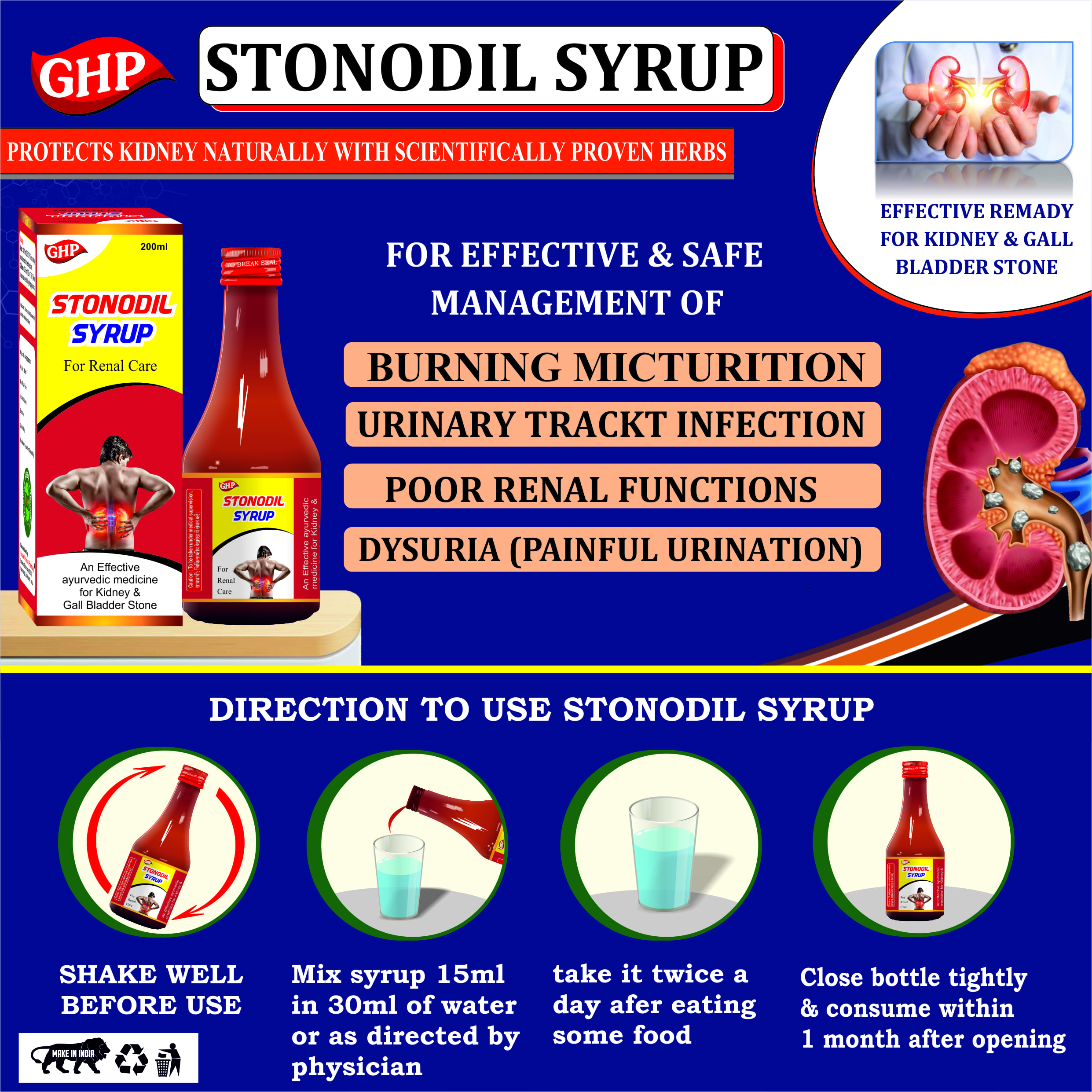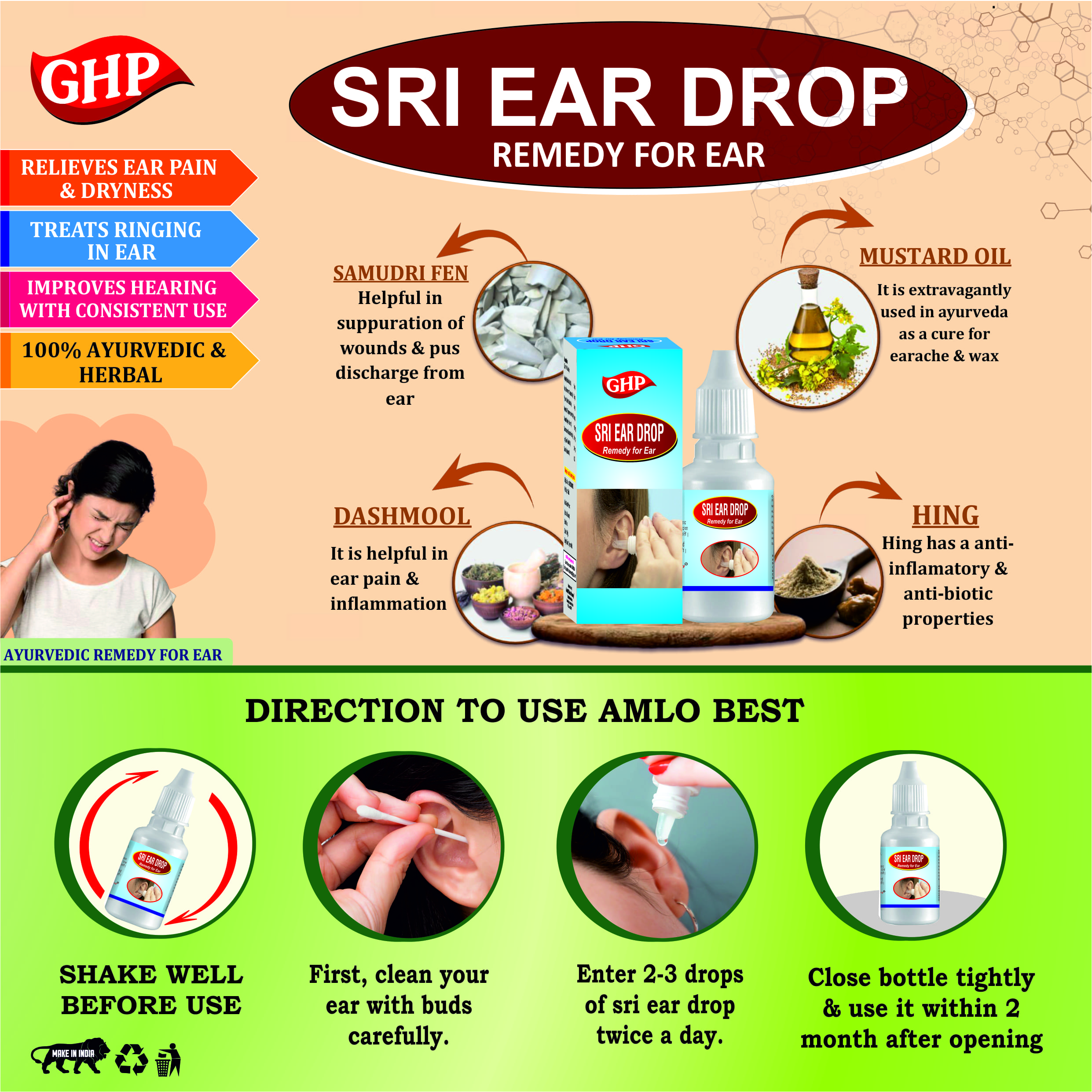The Journey of Digestion: Step by Step
-
Mouth: The Starting Point
- Digestion begins in the mouth, where food is chewed and broken down into smaller pieces. Saliva, produced by the salivary glands, contains enzymes that start the process of breaking down carbohydrates. This mechanical and chemical process forms a soft mass called a bolus, which can be easily swallowed.
-
Esophagus: The Transport Tube
- The esophagus is a muscular tube that connects the mouth to the stomach. When you swallow, the bolus travels down the esophagus through a series of muscle contractions known as peristalsis. This ensures that food reaches the stomach efficiently.
-
Stomach: The Mixing Chamber
- The stomach is a hollow organ where food is mixed with gastric juices. These juices contain hydrochloric acid and digestive enzymes that further break down food, especially proteins. The stomach’s muscular walls churn the food, turning it into a semi-liquid substance called chyme. This process can take several hours, depending on the complexity of the food consumed.
-
Small Intestine: The Nutrient Absorber
- The small intestine is a long, coiled tube where most of the digestion and absorption of nutrients occurs. It consists of three parts: the duodenum, jejunum, and ileum. In the duodenum, chyme mixes with bile from the liver and pancreatic juices from the pancreas, which aid in the digestion of fats, proteins, and carbohydrates. The inner walls of the small intestine are lined with villi and microvilli, which increase the surface area for absorption. Nutrients are absorbed into the bloodstream through these structures and transported to various cells in the body.
-
Liver and Gallbladder: The Helpers
- The liver produces bile, a substance that helps break down fats into smaller droplets, making them easier to digest. The gallbladder stores bile and releases it into the small intestine when needed.









